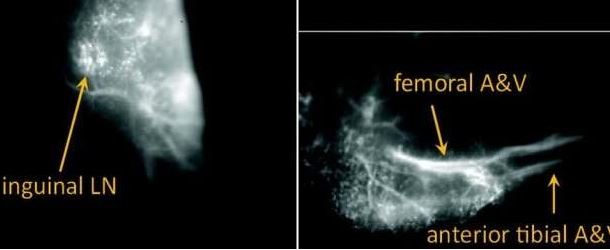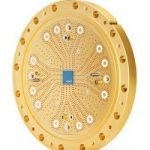A Single-Photon Source Made from Household Bleach

(Phys.org) Single photons can be an essential qubit source for quantum computing and quantum cryptography applications. To achieve practical usage, the single photons should be in the telecom wavelengths, which range from 1,260-1,675 nanometers, and the device should be functional at room temperature. To date, only a single fluorescent quantum defect in carbon nanotubes possesses both features simultaneously.
Now, research from Angela Belcher, head of the MIT Department of Biologicial Engineering, Koch Institute member, and the James Crafts Professor of Biological Engineering, and postdoc Ching-Wei Lin, published online in Nature Communications, describes a simple solution to create carbon-nanotube based single-photon emitters, which are known as fluorescent quantum defects.
“We can now quickly synthesize these fluorescent quantum defects within a minute, simply using household bleach and light,” Lin says. “And we can produce them at large scale easily.”



















